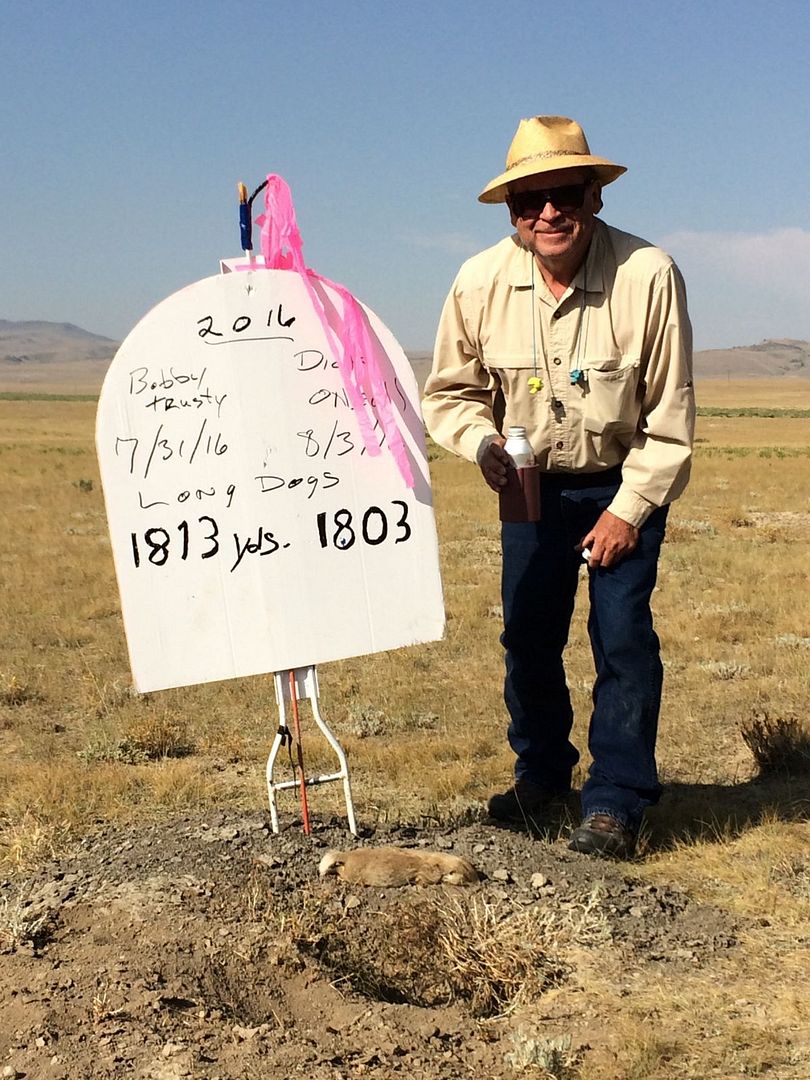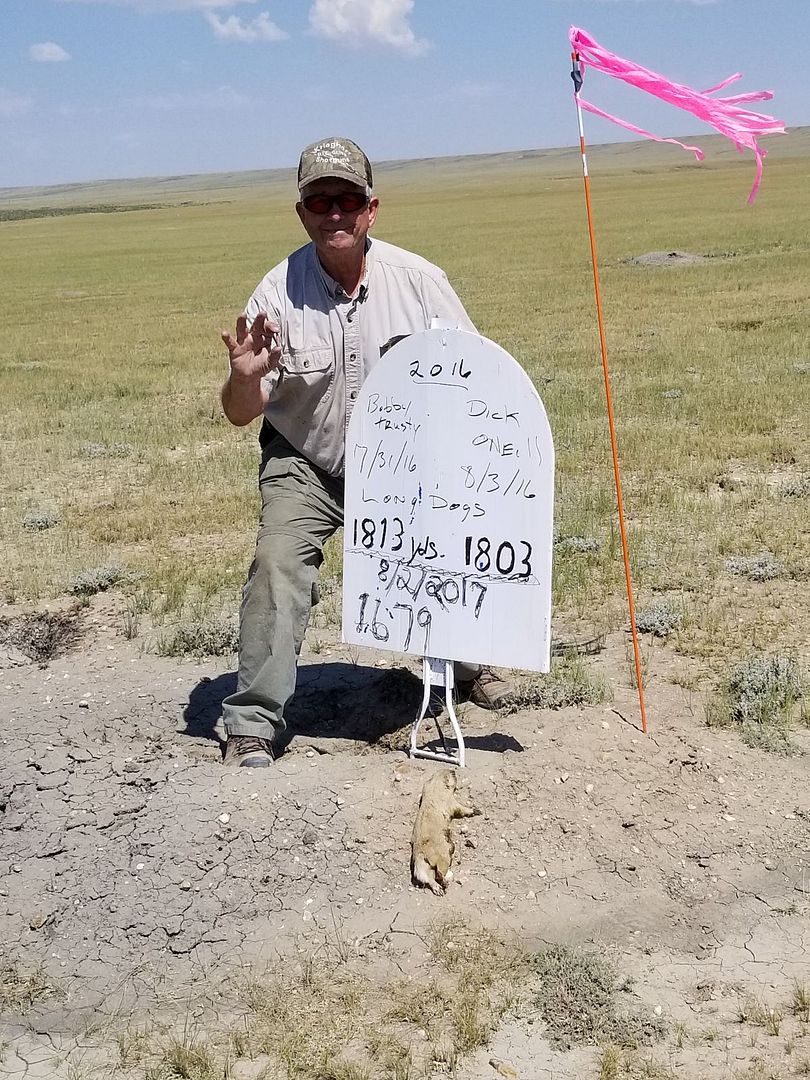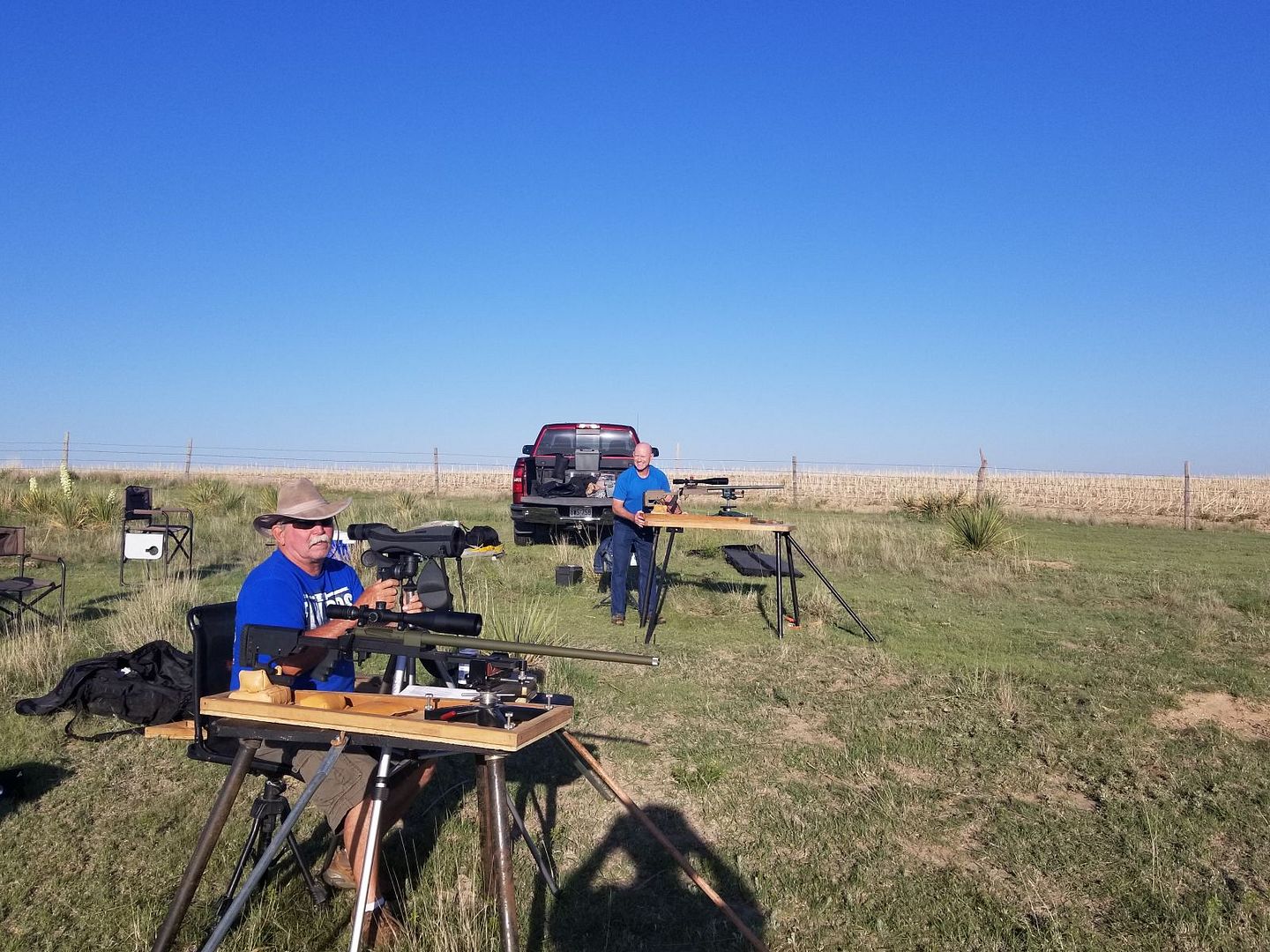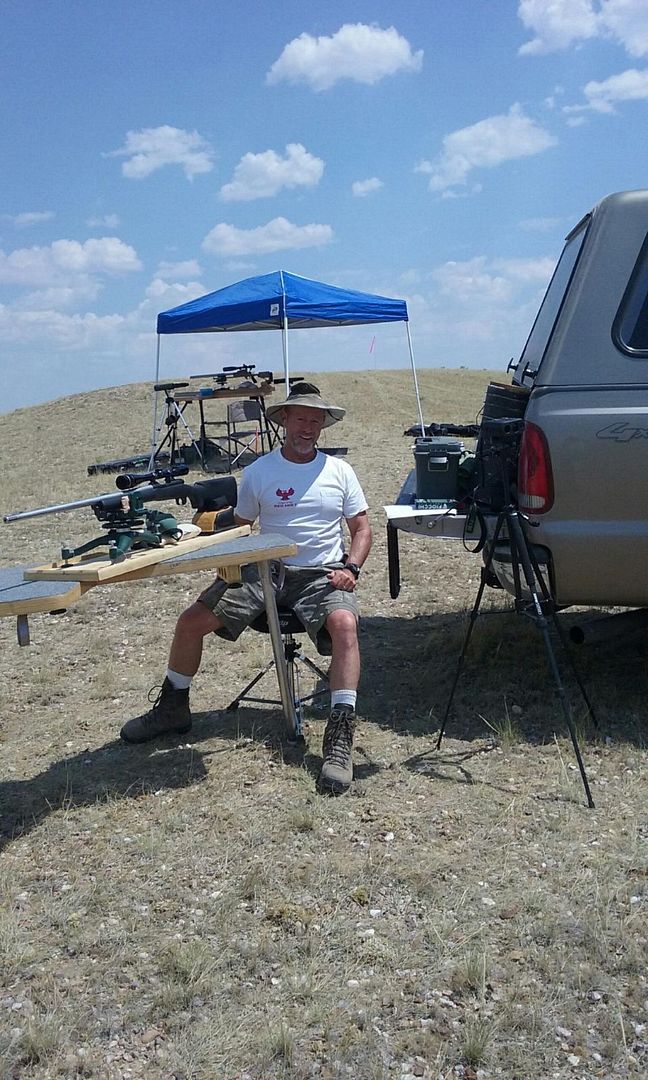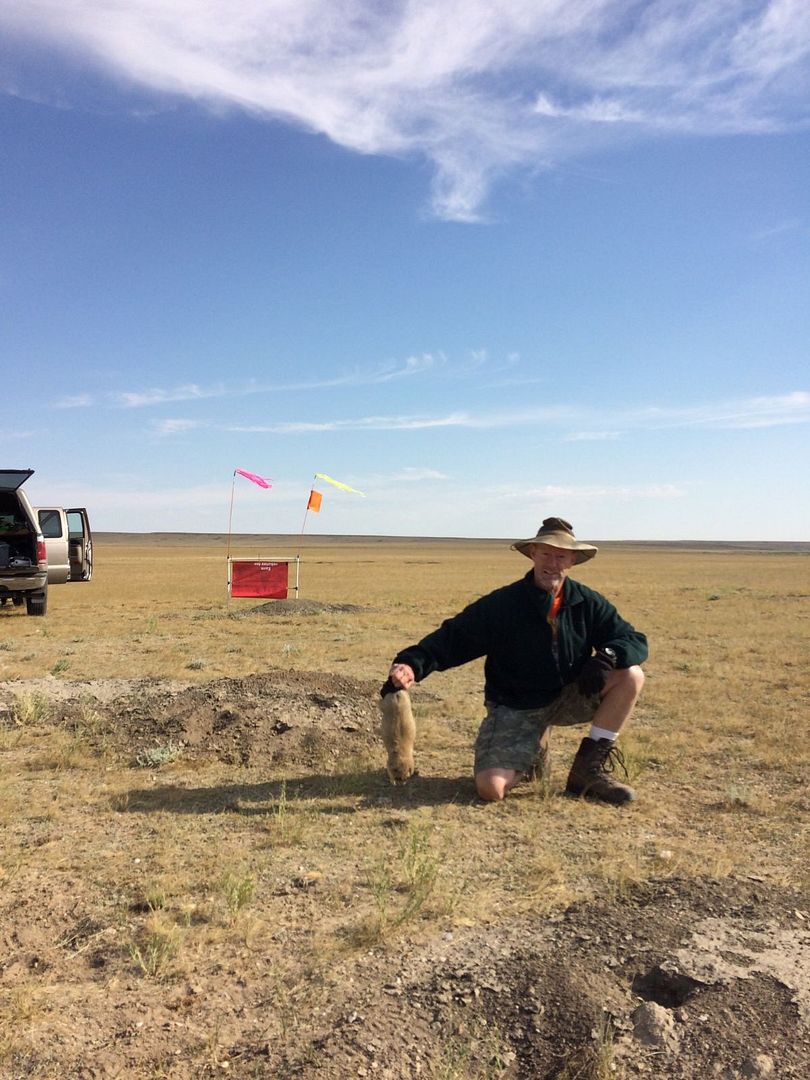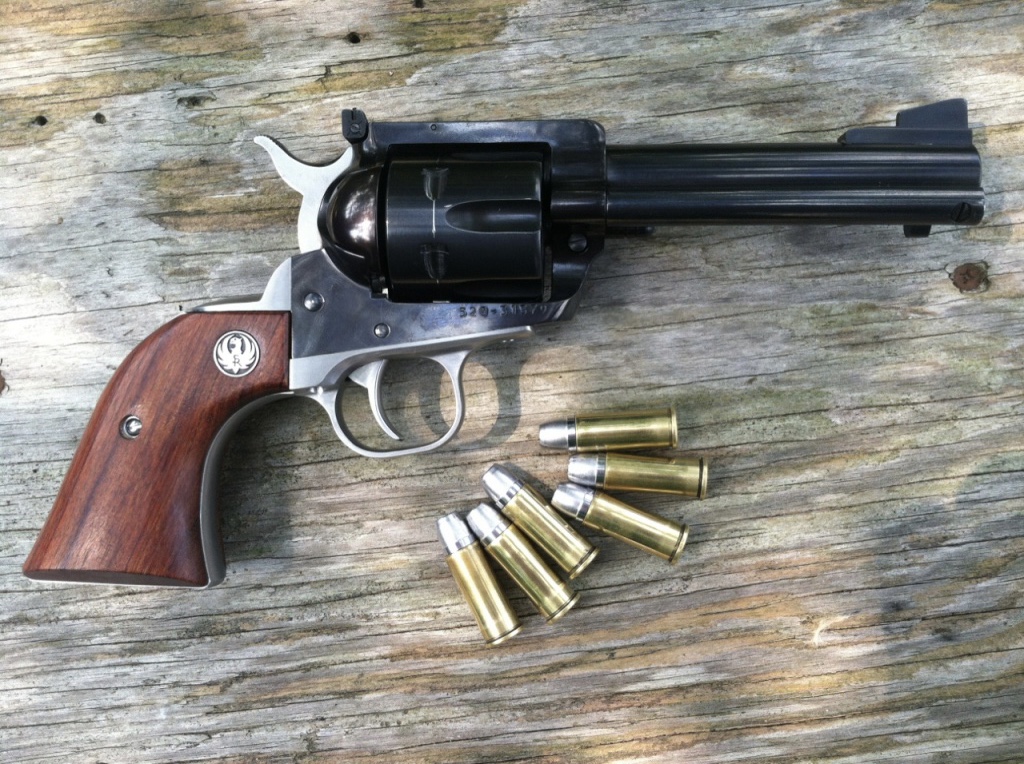Post by Larry Crow on Oct 1, 2024 17:41:01 GMT -5
What it Takes to Hit a Prairie Dog Over a Mile Away
It was a unique journey. Bob and Gerald had been shooting with one of my clients that I had built several long range CEG rifles for. They saw the attributes of my Competitive Edge Gunworks floated action, and that they were able to shoot small groups at various distances, plus they were able to switch the barrels in about 2 minutes to a different caliber and get the same groups with different calibers.
For years I have built 1911 race guns and have shown many customers how valuable it is to put a 22 rim fire upper on their 1911. Many would buy a 22 pistol but it wasn't the same. When you run your match gun with the 22 upper you can get many hours of practice with the same trigger pull sights, and grip.
After shooting several bricks of practice ammo it always helps improve shooting skills.
Most people own two or three rifles. One deer or hunting, one varmint, and coyote calling rifles. How many rounds do you shoot your hunting rifle in a year? It's difficult for most of us to have Night Force or high end scopes on each rifle. So now we can kill two birds with one stone using the CEG system. One action, stock or chassis that best suits your needs, a high quality scope and a wide choice of calibers. With over 125 plus chamber reamers we have many choices. Everyone has their favorite deer caliber. Now pick a coyote calling caliber. The 243 AI has been popular in the Midwest. Now you can add a 6 BR or similar long range prairie dog or target B caliber by simply switching out the barrel. It once was famously said, “Fear the man with one rifle!”
With the Competitive Edge Gunworks system, you have your varment barrel on your system, you are now practicing for your deer hunting setup. Now swap on your hunting barrel, click your scope to your known zero and now you are practicing for your varmint or long range target shooting.
OK back to Bob and Gerald. They have hunted worldwide and have many fancy Weatherby’s and Varmint rifles. But most of their varmint shooting was with 223 and 22250.
When they entered my shop they said they were on a quest for a long range Prairie dog. As I was explaining long range shooting to them I said that we use clay pigeons as siders for 1000 yard benchrest. As you can't see the holes in the target at that distance, but after the clay breaks you shoot at the pieces, as you cannot tell where the clay pigeon was hit when it first breaks. I could see an amount of skepticism. We decided on a 6.5 by 284 32 inch eight twist Broughton barrel and a six BR 8 twist Broughton barrel. A CEG bench rest chassis, Night Force 15X55X52 target scope, as it is important to have a target scope so the crosshairs don't cover up the Prairie dog at a long distance. We use an Ivy adjustable MOA scope base.
All the ammo was loaded to match specs. I explained the procedure for shooting free recoil, and on reading the wind. When they picked up the rifle they still looked a bit unsure but away they went to their farm where they had a 1000 yard range set up. They soon called and said that they could drive 6 penny nails at 200 yards and they were way beyond clays at 1000 and they were shooting at water bottles.
One of the attributes of this system the way we set it up, is that the 65X284 is used in the early morning and later in the day when the wind typically lays and the six BR is for midday when the wind kicks up more. It takes less than two minutes to change the barrel and click the scope to your known zero in the field with no special tools. All barrel changes go back to zero. This was done over 10 years ago. Now we have higher BC bullets and better powder choices. The 25 caliber is coming on strong now.
This system has also worked very well for hunters that use airline for travel. Example, to go to Africa clients often take more than one gun. A popular choice for our Africa clients have been a 416 Rigby, 338 Lapua, and a 6.5 PRC. That's three barrels, 2 mags, 2 bolts and one serial number is all that needs to be checked in.
All of the loading was completed with bench rest precision. The 6.5X284 Lapua brass was neck turned to .288 inches to be fired in a .290 match chamber. The reamer specs that I used was a .290 neck, .188 FB, in a 1-degree lead. Brass was sorted by weight, flash holes were uniformed for consistency. Primers for CCI BR2, powder was H 4831, all from one dedicated keg. It was weighed on an Acculab scale .5 of 100th of a grain. The bullets were burger 140 VLD match. Met plates were trimmed and base two ogive sorted in.001 control groups. Dies were made with the chambering reamers and RZ for the sizing die and the finish for the seating die. I use a Forester press for loading and an Arbor press for seating. When assembling long range accurate ammunition, it is very important to have consistent neck tension and that is difficult to feel without an arbor press.
For the 6mm Norma BR we used Lapua brass, neck turned to .266 for a .267 neck chamber. All flash holes were reamed to .0625. Brass was sorted by weight and we use two different powders. The long range 700 yards and beyond we use Berger 105 match bullet with Varget powder. For shorter range we used Hornaday 87 grain V Max with RL 15 powder, as match bullets aren't very explosive. We use BR4 primers.
The barrels that we used were both Broughton. The 6.5 barrel was 1.250 inches with a straight taper to 1 inch. We used a Vias break which was the most accurate break of the day. The chassis is the Competitive Edge Gunworks (CEG), aluminum BR bag rider chassis.
The front and rear bag was put in a sled that kept the front and rear always in perfect alignment for precise tracking. It is very critical that the front and the rear bag be in perfect alignment every shot for consistency. The whole assembly would move from right to left as a unit. The bench was custom built and very stout and had braces that were 5 foot long from the top of the bench to the ground and staked 90° apart for a rock solid bench. The shooter sat on the stool so that the shooter did not have any contact with the bench or the rifle as it was always shot in free recoil.
The scope was a Night Force 15x55x52 competition series. In northern Wyoming, low mirage, allows the use of higher power more than it does in the Midwest. This was shot at around 7000 feet in elevation. It is not practical to use a tactical type scope as the crosshairs are much wider than the ones that are in bench rest scopes which basically beyond 1000 yards, completely covers up a Prairie dog and smaller targets.
The Ivy scope base mount is an impressive design. It has up to 200 MOA, or 60 mils. For extreme long range shooting. For example, a 33 XC caliber shooting at 2 miles requires around 190 to 210 MOA. With the Ivy mount it allows to come back to zero and back up in relatively short period of time and locks in for accuracy. I have seen a lot of folks that tend to lose their zero when they are dialing their scopes for MOA value when out in the field.
CEG rifles are currently in demand for military and civilian use and used by Military Special Operations forces in Iraq and Afghanistan, Law Enforcement, Sniper, Hunters, and Marksman
The theory of our Patented Action is part of the Patent, which protects us from infringement of our Patent. The Patent will be for sale starting May 1st, 2024. www.CompetitiveEdgegunworks.net for more information or call 660-322-0304.
Our Patented Rifle Action gives us the ability to build the most accurate firearm in the firearms industry and eliminates vertical stringing. Our one-piece bolt allows a true 3:00 ejection.
Larry Crow is a Master Gunsmith, Retired Board of Director Member and Instructor at Murray State College of Gunsmithing. Instructor at CEG Gunsmithing Courses, Machinist, Lathe and Mill classes. Reloading, Tools of the Trade. Has produced 14 Gunsmithing videos which are used at many Gunsmithing Institutes as teaching aids, along with the Outdoor Channel TV Shows. Currently in business for the past 40 years.
NRA Life Member, Speaker at the NRA Convention, many magazine cover articles. There is a picture of their prairie dog shot on our web site because I haven't figured out Photo Bucket yet! www.CompetitiveEdgeGunworks.net God Bless and Good Shooting! Larry Crow
It was a unique journey. Bob and Gerald had been shooting with one of my clients that I had built several long range CEG rifles for. They saw the attributes of my Competitive Edge Gunworks floated action, and that they were able to shoot small groups at various distances, plus they were able to switch the barrels in about 2 minutes to a different caliber and get the same groups with different calibers.
For years I have built 1911 race guns and have shown many customers how valuable it is to put a 22 rim fire upper on their 1911. Many would buy a 22 pistol but it wasn't the same. When you run your match gun with the 22 upper you can get many hours of practice with the same trigger pull sights, and grip.
After shooting several bricks of practice ammo it always helps improve shooting skills.
Most people own two or three rifles. One deer or hunting, one varmint, and coyote calling rifles. How many rounds do you shoot your hunting rifle in a year? It's difficult for most of us to have Night Force or high end scopes on each rifle. So now we can kill two birds with one stone using the CEG system. One action, stock or chassis that best suits your needs, a high quality scope and a wide choice of calibers. With over 125 plus chamber reamers we have many choices. Everyone has their favorite deer caliber. Now pick a coyote calling caliber. The 243 AI has been popular in the Midwest. Now you can add a 6 BR or similar long range prairie dog or target B caliber by simply switching out the barrel. It once was famously said, “Fear the man with one rifle!”
With the Competitive Edge Gunworks system, you have your varment barrel on your system, you are now practicing for your deer hunting setup. Now swap on your hunting barrel, click your scope to your known zero and now you are practicing for your varmint or long range target shooting.
OK back to Bob and Gerald. They have hunted worldwide and have many fancy Weatherby’s and Varmint rifles. But most of their varmint shooting was with 223 and 22250.
When they entered my shop they said they were on a quest for a long range Prairie dog. As I was explaining long range shooting to them I said that we use clay pigeons as siders for 1000 yard benchrest. As you can't see the holes in the target at that distance, but after the clay breaks you shoot at the pieces, as you cannot tell where the clay pigeon was hit when it first breaks. I could see an amount of skepticism. We decided on a 6.5 by 284 32 inch eight twist Broughton barrel and a six BR 8 twist Broughton barrel. A CEG bench rest chassis, Night Force 15X55X52 target scope, as it is important to have a target scope so the crosshairs don't cover up the Prairie dog at a long distance. We use an Ivy adjustable MOA scope base.
All the ammo was loaded to match specs. I explained the procedure for shooting free recoil, and on reading the wind. When they picked up the rifle they still looked a bit unsure but away they went to their farm where they had a 1000 yard range set up. They soon called and said that they could drive 6 penny nails at 200 yards and they were way beyond clays at 1000 and they were shooting at water bottles.
One of the attributes of this system the way we set it up, is that the 65X284 is used in the early morning and later in the day when the wind typically lays and the six BR is for midday when the wind kicks up more. It takes less than two minutes to change the barrel and click the scope to your known zero in the field with no special tools. All barrel changes go back to zero. This was done over 10 years ago. Now we have higher BC bullets and better powder choices. The 25 caliber is coming on strong now.
This system has also worked very well for hunters that use airline for travel. Example, to go to Africa clients often take more than one gun. A popular choice for our Africa clients have been a 416 Rigby, 338 Lapua, and a 6.5 PRC. That's three barrels, 2 mags, 2 bolts and one serial number is all that needs to be checked in.
All of the loading was completed with bench rest precision. The 6.5X284 Lapua brass was neck turned to .288 inches to be fired in a .290 match chamber. The reamer specs that I used was a .290 neck, .188 FB, in a 1-degree lead. Brass was sorted by weight, flash holes were uniformed for consistency. Primers for CCI BR2, powder was H 4831, all from one dedicated keg. It was weighed on an Acculab scale .5 of 100th of a grain. The bullets were burger 140 VLD match. Met plates were trimmed and base two ogive sorted in.001 control groups. Dies were made with the chambering reamers and RZ for the sizing die and the finish for the seating die. I use a Forester press for loading and an Arbor press for seating. When assembling long range accurate ammunition, it is very important to have consistent neck tension and that is difficult to feel without an arbor press.
For the 6mm Norma BR we used Lapua brass, neck turned to .266 for a .267 neck chamber. All flash holes were reamed to .0625. Brass was sorted by weight and we use two different powders. The long range 700 yards and beyond we use Berger 105 match bullet with Varget powder. For shorter range we used Hornaday 87 grain V Max with RL 15 powder, as match bullets aren't very explosive. We use BR4 primers.
The barrels that we used were both Broughton. The 6.5 barrel was 1.250 inches with a straight taper to 1 inch. We used a Vias break which was the most accurate break of the day. The chassis is the Competitive Edge Gunworks (CEG), aluminum BR bag rider chassis.
The front and rear bag was put in a sled that kept the front and rear always in perfect alignment for precise tracking. It is very critical that the front and the rear bag be in perfect alignment every shot for consistency. The whole assembly would move from right to left as a unit. The bench was custom built and very stout and had braces that were 5 foot long from the top of the bench to the ground and staked 90° apart for a rock solid bench. The shooter sat on the stool so that the shooter did not have any contact with the bench or the rifle as it was always shot in free recoil.
The scope was a Night Force 15x55x52 competition series. In northern Wyoming, low mirage, allows the use of higher power more than it does in the Midwest. This was shot at around 7000 feet in elevation. It is not practical to use a tactical type scope as the crosshairs are much wider than the ones that are in bench rest scopes which basically beyond 1000 yards, completely covers up a Prairie dog and smaller targets.
The Ivy scope base mount is an impressive design. It has up to 200 MOA, or 60 mils. For extreme long range shooting. For example, a 33 XC caliber shooting at 2 miles requires around 190 to 210 MOA. With the Ivy mount it allows to come back to zero and back up in relatively short period of time and locks in for accuracy. I have seen a lot of folks that tend to lose their zero when they are dialing their scopes for MOA value when out in the field.
CEG rifles are currently in demand for military and civilian use and used by Military Special Operations forces in Iraq and Afghanistan, Law Enforcement, Sniper, Hunters, and Marksman
The theory of our Patented Action is part of the Patent, which protects us from infringement of our Patent. The Patent will be for sale starting May 1st, 2024. www.CompetitiveEdgegunworks.net for more information or call 660-322-0304.
Our Patented Rifle Action gives us the ability to build the most accurate firearm in the firearms industry and eliminates vertical stringing. Our one-piece bolt allows a true 3:00 ejection.
Larry Crow is a Master Gunsmith, Retired Board of Director Member and Instructor at Murray State College of Gunsmithing. Instructor at CEG Gunsmithing Courses, Machinist, Lathe and Mill classes. Reloading, Tools of the Trade. Has produced 14 Gunsmithing videos which are used at many Gunsmithing Institutes as teaching aids, along with the Outdoor Channel TV Shows. Currently in business for the past 40 years.
NRA Life Member, Speaker at the NRA Convention, many magazine cover articles. There is a picture of their prairie dog shot on our web site because I haven't figured out Photo Bucket yet! www.CompetitiveEdgeGunworks.net God Bless and Good Shooting! Larry Crow



